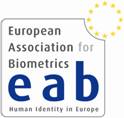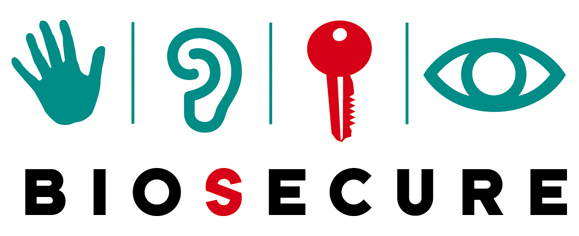|
Download: |
Extended Feature Set in Fingerprint MatchingYi Chen
There are fundamental differences in the way fingerprints are compared
by forensic experts and current Automatic Fingerprint Identification Systems
(AFIS). For example, while AFIS focus mainly on the quantitative measures
of fingerprint minutiae (ridge ending and bifurcation points), latent
experts often analyze details of intrinsic ridge characteristics and relational
information. The process of qualitative friction ridge analysis includes
examination of minutiae shape, dots, incipient ridges, local ridge quality,
and ridge tracing, This explains the challenges that current AFIS face
in processing poor quality prints, especially latent prints. In fact,
most of the features used by latent experts have not even been quantitatively
defined for AFIS matching. The forensics as well as the AFIS communities
have become very active in standardizing the definition of extended feature
set, as well as quantifying the relevance and reliability of these features
for automatic systems. CDEFFS (Committee to Define an Extended Feature
Set) has proposed a draft on possible definitions and representations
of extended features. The FBI Lab is also completing a study on the permanence
of various friction ridge characteristics including these extended features.
This lecture will describe the foundamental characteristics of extended
feature set. We will introduce and discuss previous work on utilizing
them in fingerprint matching as well as algorithms that have been recently
developed to automatically extract extended features. A systematic framework
that automatically utilize multi-level fingerprint features will be demonstrated
at last. |



 


 |